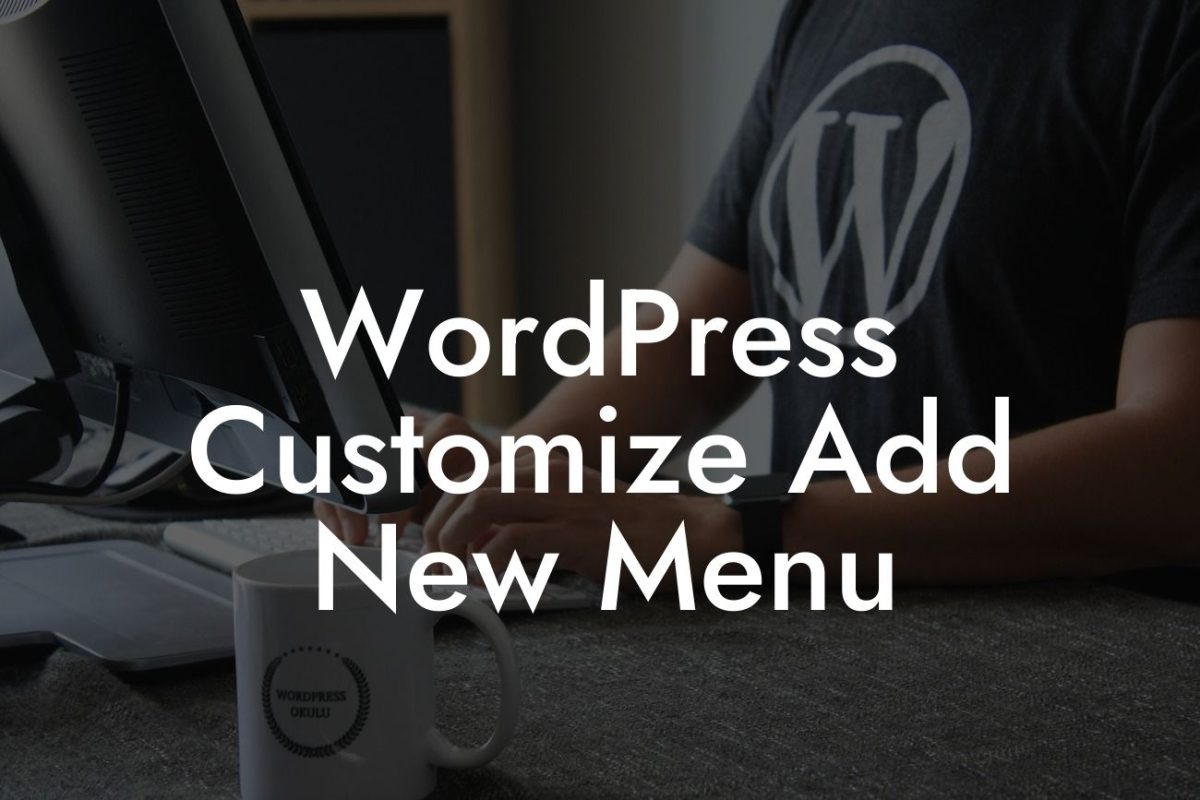Are you tired of the default posts page in WordPress? Do you want to showcase your blog posts in a more personalized and engaging way? Look no further! In this article, we will show you how to easily change the posts page in WordPress, allowing you to take full control of your website's appearance and user experience.
Changing the posts page in WordPress is a simple yet powerful way to customize your website and make it stand out from the crowd. Here's a step-by-step guide on how to do it:
1. Customize Your Homepage:
To change your posts page, you first need to create a custom homepage. Head over to the WordPress dashboard and navigate to the "Pages" section. Create a new page and name it something like "Home" or "Welcome." Add engaging content, images, and videos to make it visually appealing.
2. Set Your New Home Page:
Looking For a Custom QuickBook Integration?
Once you've created your custom homepage, go to "Settings" and then "Reading" in your WordPress dashboard. Under the "Your homepage displays" section, select the "A static page" option. Set your newly created page as the "Homepage" and leave the "Posts page" option blank for now.
3. Create a Blog Page:
Now it's time to create a dedicated blog page. Again, go to the "Pages" section in your WordPress dashboard and click "Add New." Name this page something like "Blog" or "Latest News." You don't need to add any content here as WordPress will automatically display your blog posts on this page.
4. Assign Your Blog Page:
Head back to the "Settings" and then "Reading" section in your WordPress dashboard. This time, select the "A static page" option again. Choose your newly created blog page as the "Posts page" from the drop-down menu. Save your changes.
How To Change Posts Page In Wordpress Example:
Imagine you run a small fashion boutique and want to showcase your latest blog posts on a page designed specifically for fashion enthusiasts. By following the steps above, you can create a stylish homepage that reflects your brand's identity and set up a dedicated blog page where you share fashion tips, trends, and outfit inspirations. Your website will now have a seamless flow, capturing the attention of your target audience and enhancing their browsing experience.
Congratulations! You have successfully learned how to change the posts page in WordPress. Now it's time to take your website to the next level with DamnWoo's awesome WordPress plugins. From customizable contact forms to SEO optimization tools, we have the solutions to supercharge your online presence. Don't forget to share this article with fellow entrepreneurs and explore more helpful guides on DamnWoo. Start elevating your online presence today!













